Emergency Communications
Disaster Communication For Preppers | Preparedness
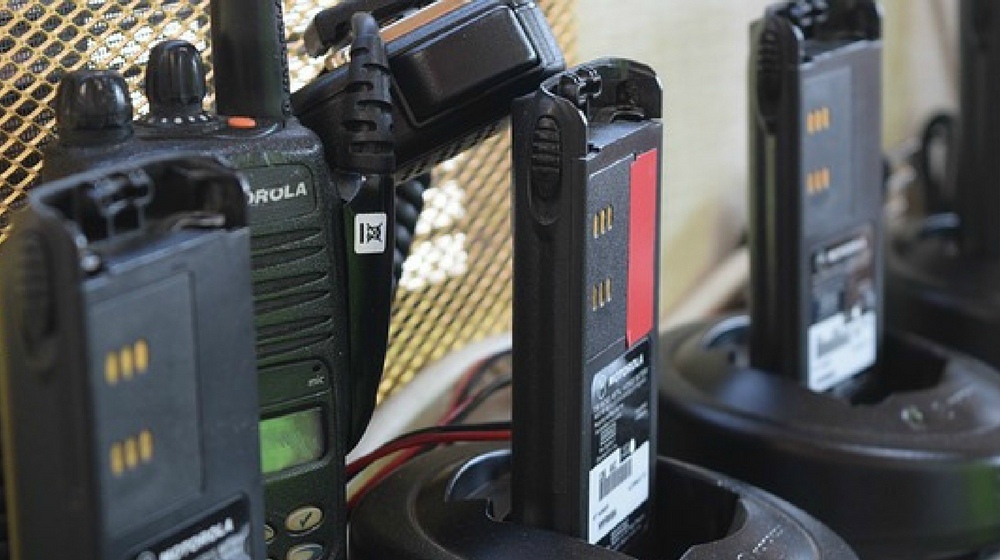
Learn the different forms of disaster communication when an emergency or disaster strikes.
RELATED: Radio Communication: Part 1 | Staying in Contact When SHTF
Ensure Everyone’s Safety with These Disaster Communication Options
Don’t Be Out of Reach During Emergencies
Disaster communication is important for our survival. There is no way to know exactly when or where a disaster can strike.
Advanced technologies can help predict these occurrences. Nature, though, can still find ways to surprise the unsuspecting population.
Having communication during emergency situations can mean safety and preparedness. It can help reduce the extent of the destruction caused by these calamities.
Here are the different types of disaster emergency communications.
1. Cell Phones/Smartphones: Primary Disaster Communication Device
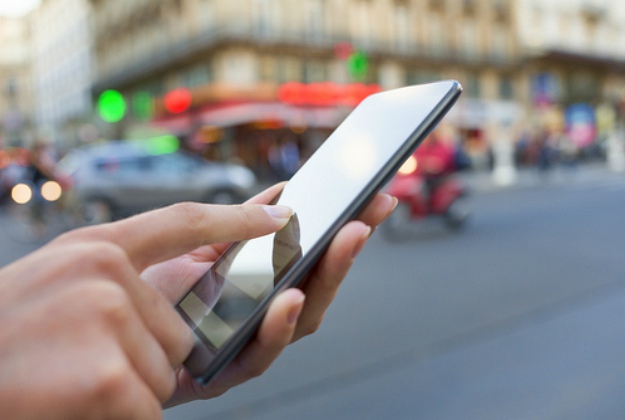
We will start with cellphones because almost everyone has one. While cell networks are often overwhelmed during a disaster, they still might help you make contact.
If your initial attempts to make a call fail, try texting or using your phone’s data plan to make contact.
As we’ve seen in past disasters, texting and even social media apps can sometimes work, even when voice doesn’t. A text message takes a lot less bandwidth than a phone call, so during a disaster this might be your best bet for making contact.
To read the whole article, click here.
2. Alternative Methods of Communication During a Disaster
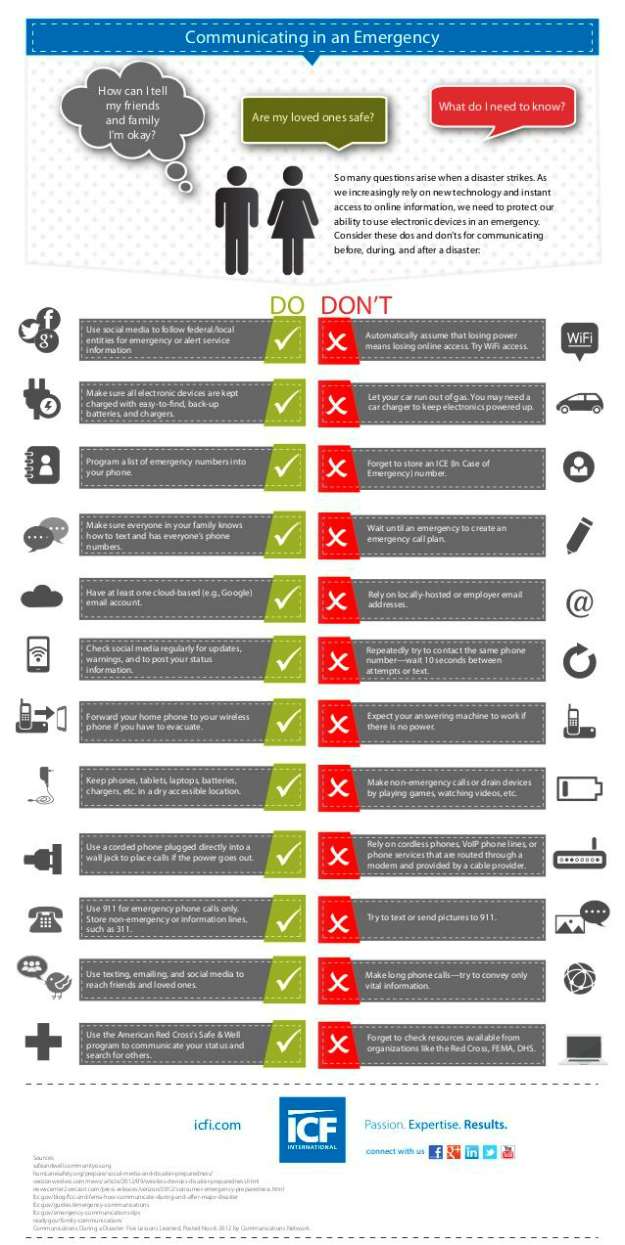
Here’s more information from offthegridnews.com:
Make sure your family knows all modes of emergency communication during disaster, the method of communication that will be used, and in what order. For example, the first line of communication is cell phone, followed by text, followed by…you get the point. This will ensure family members know how – and more importantly where – to look for emergency messages from loved ones. Also, think of alternate communications, unconventional methods of communicating with loved ones, such as:
Text: Text messages require far less bandwidth than phone calls, and even when the ominous “all circuits are busy” recording comes on, texts will still work as they operate on a parallel network to cell phones.
Email: Don’t discount sending e-mails during emergency situations as a valid method of communication. Email servers are located globally, and it’s unlikely they will all be dead at the same time. But where do you get internet access if cell phone service is dead? Oftentimes, WiFi service will still be up and running, since the cables used for hard-wired Internet operate on different networks than cell phones. For most WiFi, you don’t even need to be in the building to access the service.
3. Phone Booths: Quick and Easy Disaster Communication System
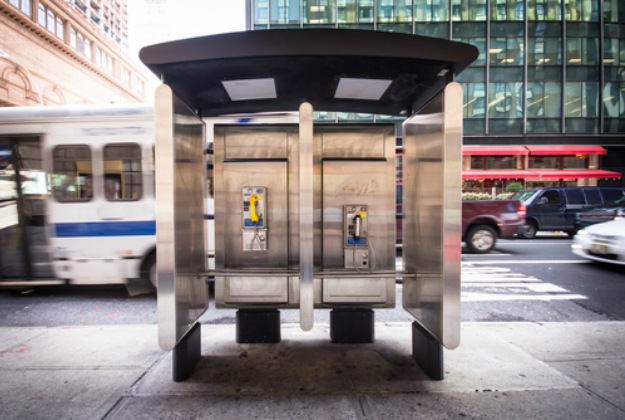
Yes, they still exist, and most of them are on landlines, which are inherently reliable; most landlines have been operational for nigh on 80 years. There are even apps online that tell you where phone booths are located. Make sure you carry change for that purpose.
4. Satellite Phones: Ultimate Device in Emergency Disaster?
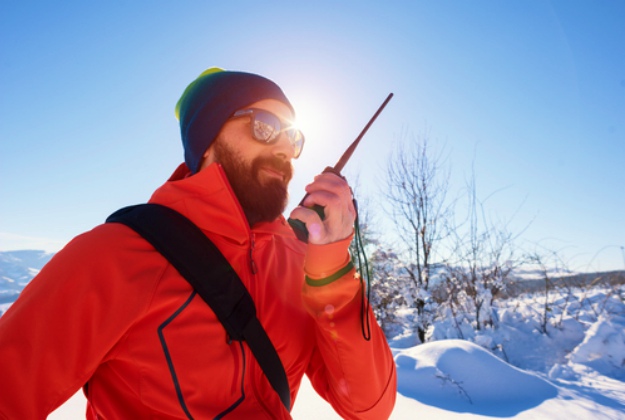
While on the expensive side, during a natural disaster or crisis, having a satellite phone just might save your life.
Satellite phones offer a couple of advantages during a disaster. First, they don’t rely on local cell networks, so they’re less likely to be affected by an increase in call volume. Second, even if the entire local cell network goes down, your satellite phone is still going to be operational.
Recently, I’ve been testing the SPOT Global Sat Phone, and I’ve been really impressed with its ability to call from even the remotest areas of the back country. In areas where my cell phone has zero reception, my SPOT phone is able to call out to anywhere in the world.
5. Social Media: The Disaster Communication Wild Card
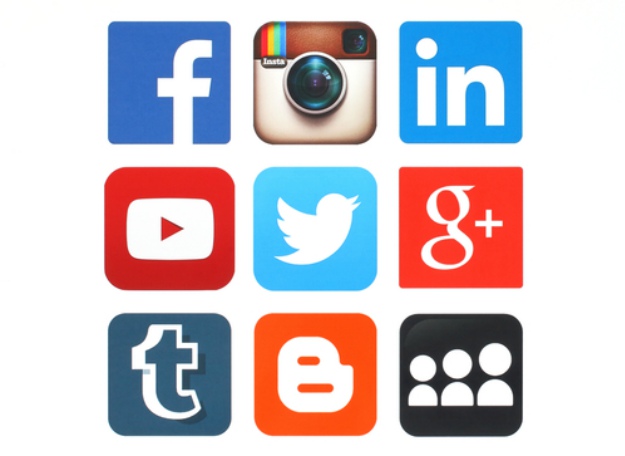
“We have to think about social media not just as this place online where people go to have fun or share mindless thoughts,” he said. “It’s apparent that social media can be a really powerful tool, not only for preparedness, but also as a coping mechanism.”
Just as radio was years ago, social media helps people connect with others, lets them know there are others out there sharing the same problems.
“It lets people know they are somehow connected to others,” he said. “People use social media to share their feelings, as well as help them try to make sense of the tragedy.”
RELATED: Radio Communication: Part 2 | Which Radio is Right for You?
6. CB Radio: Prepper’s Choice of Communication in Natural Disasters
I know, you’re probably picturing big rig trucks or bad movies from the 1980’s; but the fact is, the C.B. Radio can be an important part of your emergency communications arsenal. I recommend having one in your vehicle, having a handheld one in your bugout bag, and having a base station at home.
During a localized disaster, you should be able to make contact within a 20 – 30 mile radius. This makes the C.B. Radio a great way to coordinate with friends and family during localized disasters.
7. HAM Radio: Tried-and-Tested Disaster Communication Device
The HAM radio has played an integral role in every disaster this nation has faced for over 100 years. HAM will remain functional even when modern communication devices become worthless. The seemingly old-fashioned devices are extremely reliable and allow users to connect with the outside world when Internet access, cell towers, and phone land lines are no longer functional.
CB ChannelFrequencies
Channel 126.965 MHz
Channel 226.975 MHz
Channel 326.985 MHzPrepper CB Network (AM)
Channel 427.005 MHzThe American Pepper’s Network
Channel 527.015 MHz
Channel 627.025 MHz
Channel 727.035 MHz
Channel 827.055 MHz
Channel 927.065 MHzREACT Channel – Emergency CB radio use
Channel 1027.075 MHz
Channel 1127.085 MHz
Channel 1227.105 MHz
Channel 1327.115 MHzPopular with campers, RV drivers, and boaters
Channel 1427.125 MHzFederal Motor Coach Association
Channel 1527.135 MHzPopular with California truck drivers
Channel 1627.155 MHzPopular with ATV clubs
Channel 1727.165 MHzAlso popular with California tractor-trailer drivers
Channel 1827.175 MHz
Channel 1927.185 MHzPrimary truck driver chat channel
Channel 2027.205 MHz
Channel 2127.215 MHz
Channel 2227.225 MHz
Channel 2327.255 MHz
Channel 2427.235 MHz
Channel 2527.245 MHz
Channel 2627.265 MHz
Channel 2727.275 MHz
Channel 2827.285 MHz
Channel 2927.295 MHz
Channel 3027.305 MHz
Channel 3127.315 MHz
Channel 3227.325 MHz
Channel 3327.335 MHz
Channel 3427.345 MHz
Channel 3527.355 MHzAustralian channel
Channel 3627.365 MHz
Channel 3727.375 MHzPrepper 37 channel
Channel 3827.385 MHz
Channel 3927.395 MHz
Channel 4027.405 MHz
Prepper Freeband and CB Radio Frequencies
CB 3 (AM) 26.9850MHz Prepper Channel
CB 36(USB) 27.3650MHz Survivalist Channel
CB 37 (USB) 27.3750MHzPrepper CB Network – AM
Freeband(USB) 27.3680MHz Survivalist Network
Freeband(USB) 27.3780MHz Prepper Channel
Freeband(USB) 27.4250MHz Survivalist Network
8. Serval Mesh: Promising New Disaster Communication Method

According to The Serval Project:
Mobile phones normally can’t be used when cellular networks fail, for example during a disaster. This means that millions of vulnerable people around the world are deprived of the ability to communicate when they need it most.
We have spent the past four years working with the New Zealand Red Cross to create a solution. We call it the Serval Mesh, and it is free software that allows smart-phones to communicate, even in the face of catastrophic failure of cellular networks.
It works by using your phone’s Wi-Fi to communicate with other phones on the same network. Or even by forming impromptu networks consisting only of mobile phones. Mesh communications is an appropriate technology for complementing cellular networks. Think of it like two-way radio or CB radio that has been propelled into the 21st century. For long-range communications, you will still need to make use of cellular or fixed telephone networks or the internet.
This software allows you to easily make private phone calls, send secure text messages, and share files in caves, in subways, in the Outback, in Australia or Africa, in Europe or the United States — even when cellular networks fail or are unavailable.
You can also keep using your existing phone number on the mesh, which is really important in a disaster when people are trying to get back in contact with each other.
9. Preparation: Best Disaster Communication Solution
Before a Disaster: How to Prepare Your Home and Mobile Device
- Maintain a list of emergency phone numbers in your cell phone and in or near your home phone.
- Keep charged batteries and car-phone chargers available for backup power for your cell phone.
- If you have a traditional landline (non-broadband or VOIP) phone, keep at least one non-cordless phone in your home. It will work even if you lose power.
- Prepare a family contact sheet. This should include at least one out-of-town contact who may be able to reach family members in an emergency.
- Program “In Case of Emergency” (ICE) contacts into your cell phone. This way, emergency personnel can contact those people for you if you cannot use your phone. Let your ICE contacts know about this too. Inform them of any medical issues or other special needs you may have.
- If you need to evacuate, have call forwarding on your home phone. Forward your home phone number to your cell phone number.
- If you do not have a cell phone, keep a prepaid phone card. Use it if needed during or after a disaster.
- Have a battery-powered radio or television available (with spare batteries).
- Subscribe to text alert services from local or state governments. Parents should sign up for their school district emergency alert system.
For more information on disaster communication, here are tips from FEMA:
The tsunamis, typhoons, and earthquakes in recent years stressed the importance of an alternative communication system during disasters. The different communication options can provide you with the best chances for survival.
They allow you to get help when you need it the most. It also provides peace of mind for your worried family members and friends.
Do you have other recommendations for disaster communication? Please share your suggestions in the comments section below.
Up Next:
- 7 Military Disaster Survival Tips | Survival Life
- Emergency Communications: Flags
- Apartment Prepping: Urban Survival
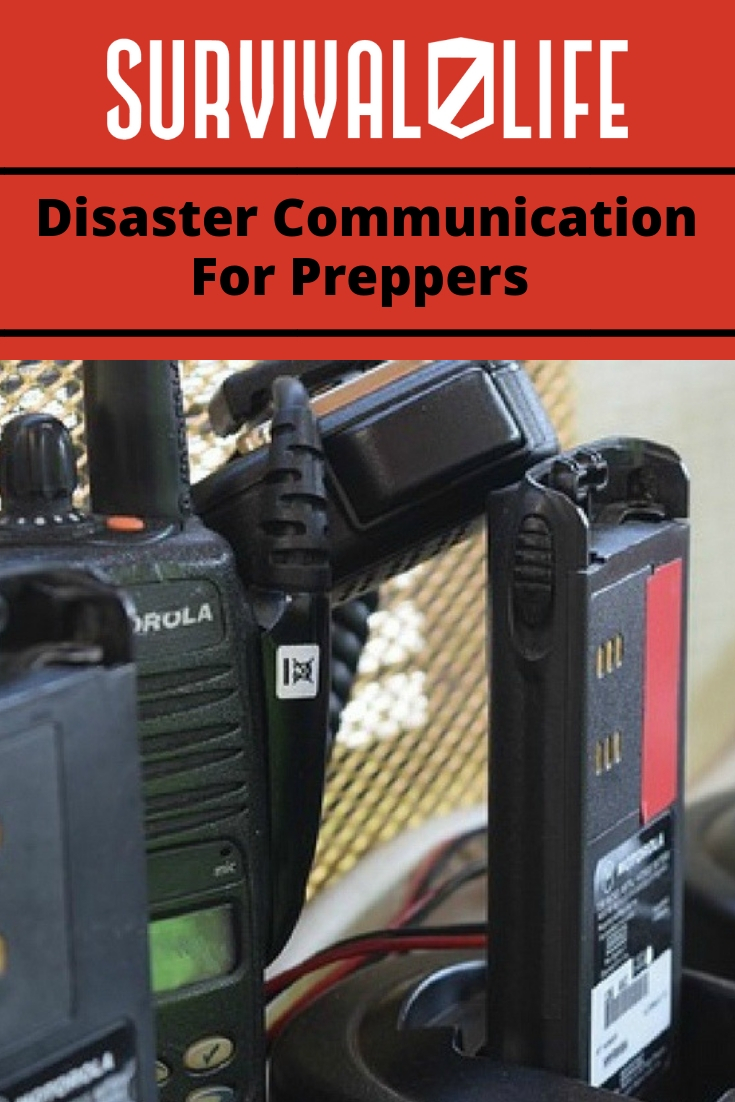
Editor’s Note: This post was originally published on November 12, 2014, and has been updated for quality and relevancy.
-

 Do It Yourself7 months ago
Do It Yourself7 months agoParacord Projects | 36 Cool Paracord Ideas For Your Paracord Survival Projects
-

 Do It Yourself9 months ago
Do It Yourself9 months agoHow To Make Paracord Survival Bracelets | DIY Survival Prepping
-

 Do It Yourself9 months ago
Do It Yourself9 months ago21 Home Remedies For Toothache Pain Relief
-

 Do It Yourself10 months ago
Do It Yourself10 months agoSurvival DIY: How To Melt Aluminum Cans For Casting
-

 Exports8 months ago
Exports8 months agoAre Switchblades Legal? Knife Laws By State


Michael W. Perry
November 12, 2014 at 7:23 AM
25-30 miles coverage with CB radios? Not really. Unless someone is running well over the legal limit and has a high, fixed antenna, I wouldn’t depend on more than five. Also, the CB channel assignments under ham radio should be place under the CB section. Just because the author is a fan of CB doesn’t make it a good idea.
Ham radio is vastly better in its coverage, particularly if VHF/IUHF repeaters remain up, as they are intended to do in an emergency. There are systems that cover entire states that way. And with HF radio, a careful choice of frequencies will give you any range you want.
The article on phone booths doesn’t mention one advantage they have. In an emergency when phone circuits are swamped, they get priority access under an old assumption that a phone booth is how people call in fires and crimes.
Satellite communication should mention a texting system. It’s cheaper to use than voice and perfectly adequate in most emergencies. Besides, both parties don’t have to be available at the same time for it to work.
Ron
November 12, 2017 at 10:25 AM
HAM radios will allow mad max types to locate your positions, leaving you open to theft and death vs a cb radio or a vhf radio does not give away location info. When the SHTF there will be hordes of hungry ruthless people who did not do their part in prepping and will look to steal from others using the very devices one thinks is guarding their safety.
John
November 13, 2017 at 6:37 AM
How are they going to locate your position? They would either need a direction finder (which very few have)…..or someone being stupid and giving your location “in the clear”. It’s called operational security. Not only have I briefed my entire family on OPSEC….but have generated an Authentication Table for everyone to use so they can confirm exactly who they are talking to on the radio…..the person they want to talk to-or an imposter. As a HAM myself, I have all that equipment. I could find you ANYWHERE you are (once identifying your operating frequency….but what would be the point? IF the SHTF we have our permanent location to go to. I wouldn’t be hunting someone down by their radio usage. I’m staying put!
Michael Hesterberg
June 1, 2018 at 3:54 PM
Ronny, either you are very young, or you don’t understand anything about radio transmissions.
ANYTIME you are transmitting a signal–by ham radio, by CB radio, or by anything else, you are creating a radiated signal which is detectable by anyone with a receiver and a loop antenna!
All radio signals ARE trackable and traceable!
Pingback: Preppers 375 | Extreme Survival Guide
Pingback: 9 Ways to Communicate in a Pinch - Info You Should Know
Dax Hunter
July 23, 2015 at 2:29 PM
I just ordered a book off Amazon called Ham Radio Go Bag by
Max Cooper. It looks like a useful book. I’ve read a couple of this authors
other books and they were great. I’m looking forward to this one. Just wanted
to pass this along.
http://www.amazon.com/Ham-Radio-Bag-Max-Cooper/dp/1515020517/ref=sr_1_3?ie=UTF8&qid=1437671941&sr=8-3&keywords=ham+radio+go+bag&pebp=1437671943641&perid=16R5STYHHYYT0CGC38JY
John Anderson
October 23, 2015 at 10:48 PM
I don’t know if I’m going to be in a disaster of any kind, or if anyone in my family will be. If I need to let my family that I’m OK or need help I would like a Satellite radio to communicate with them. It is better to be prepared when disaster strikes. http://www.internationalsatelliteservices.com/products/msat-g2-fixed
Hammerhead
September 2, 2016 at 1:05 AM
satellites ill be down also!
JUST LIKE LAND LINES!
Get a ham license so should ALL OF YOUR FAMILY
or AS A last resort CB (aka: Chicken Band Radio)
Anonymous
December 3, 2017 at 11:42 AM
Satellites dont go down during emergencies. Unless N Korea shoots them down. LOL
Bob
December 3, 2017 at 2:12 PM
A good solar flare or an EMP from a nuke can knock out satellites. The least infrastructure between you and the person you’re talking to, the better. That leaves CB and ham radio. Of course a good EMP can knock out those too. I would pick ham radio because the users of the service are less likely to come over and steal you stuff. But get a license! I don’t know what pteppers keep posting the same BS stuff.
Pingback: 13 Top Survival Skills | Learn Now, Survive Later - Survival Life
Pingback: Emergency Communications: Flags - Survival Life
Pingback: New Year Blog Review | Survivopedia
Pingback: New Year Prep Blog Review | NewZSentinel
Pingback: 7 Apps That Will Guide You Through A Natural Disaster | Survival Life
Pingback: Flood Survival Tips | How to Survive Natural Disasters
Pingback: How Flags are Used for Communication During Emergencies | Survival Life
Pingback: How to Build Trust Using Body Language Only | Survival Life
Blair Christensen
November 10, 2017 at 12:46 PM
I work with the Amateur Radio Emergency Services team in my area and I just have to point out that you really need to reverse the order of items in this article. Our state fell right along the path of the Eclipse in August and I can tell you right now that NOTHING – cell service, etc. – was working in those areas because of call saturation. I would also like to point out that in the case of a severe emergency, the cell towers get taken offline for anyone who doesn’t have a priority call signal (ie EMS crews and response teams). That includes the so-called mesh grid #8. And sat-phones. Even the internet (including social media) isn’t reliable in a crisis.
Here’s your best bets:
1. FRS/GMRS radios. These don’t require a license so I include them first. You can get a pair at Wal-Mart for $30 or so for cheap ones and they have an effective range of a couple of miles.
2. Amateur radios. These require a license, but even a standard handy-talkie has a base effective range of 10-15 miles depending on terrain and much more if you have a good repeater to bounce off. Some repeaters extend basic UHF/VHF communications into the hundreds of miles. Technically these are superior and more flexible than FRS/GMRS radios, but they also require more know-how.
3. CB radios. These don’t require a license (and are easier to use than amateur radios), but do require a good source of power and pre-installation for proper use. I rank them behind the amateur radio because of both flexibility and portability.
That’s it. That’s the list you should focus on for real emergency communications don’t rely on commercial power to be available.
Ed
November 10, 2017 at 9:50 PM
Unless something has changed recently GMRS still requires a license.
Dave Kapler
November 10, 2017 at 2:39 PM
Do you have more information on the Serval Mesh free app?
Anonymous
November 12, 2017 at 12:10 PM
Ham radios require significant practice and understanding to use them, regardless of whether you seek the license or not. My late brother had one and I own it now. I messed with it for several hours to see what I could hear or reach. It was useless for even a radio check.
Ham nerds don’t want everyone to know how to use them and aren’t kind to people seeking basic advice. No way I can prepare my family and relatives with this method for communication.
We have common band walkie talkies that reach 3/4 mile in town and 3-5 miles in the open. They are inexpensive and if used in pairs (each party has two) you can run two channels and double the distance if you’re using someone in the middle as a repeater. One drawback is they will be pretty busy in a disaster.
Bo
November 12, 2017 at 5:01 PM
Anonymous,
Yes ham radios can be a little difficult to setup because there are several parameters that are required to make them work with repeaters. Once configured, they are very simple to operate, especially with the tech savvy kids now a days. The ham radio community is very inviting to new comers. They do want a person to be licensed and be a part of the community in order to maintain some control over the frequencies. Otherwise, the frequencies would be nearly useless like CB radio has become. Don’t get me wrong, it serves the purpose for the people who use it, but for most, it’s a lawless society.
It is very easy, these days, to obtain a amateur radio operators license. You can practice for the test online and take sample tests. It’s all multiple choice. My wife studied the manual, took the test and nearly aced it. She has no radio or electronic knowledge at all. If you want the most reliable source for emergency communication and meet folks that will bend over backwards to assist you in time of need, this is the way to go. Radios are so cheap now, that you can buy a pack handheld radio’s for less than $200. With a 5 watt radio, in most areas, you can access multiple repeater sites. It’s well worth looking into if you are serious about communications in a disaster, but it will take a little effort on your part.
Bob
November 13, 2017 at 12:57 PM
One piece of advice, if cell towers are down, repeaters are down. During Sandy, I could not hear one repeater in my area and I’m close enough to NYC to use repeaters from there. So, VHF/UHF (ham or FRS/GMRS) for reliable short range (about a mile or so), HF (ham or CB) for longer distances. Pick the radio for the type of user.
Anonymous
December 3, 2017 at 11:41 AM
It depends. My repeater stayed up during power and cell outage in Polk County, FL. Be prepared. Also, Satellites DON’T go down.
Suzanne
December 3, 2017 at 9:53 AM
Let’s all hope that the disaster we’re preparing for isn’t an EMP event.
Anonymous
December 3, 2017 at 7:45 PM
The CB channels and frequencies listed above are not part of the those available to the armature radio operatos and do not require a license to use as does the armature radio HAM bands. Obviously the author did not do his homework before publishing this article.
Pingback: How To Add Emergency Information On Your Android Device
Pingback: How To Add Emergency Information On Your Android Device | prepping tips
Jim
April 3, 2018 at 4:39 PM
Just a thought on licenses If the Shtf event happens. No one cares about licenses
Pingback: Disaster Communication For Preppers | Preparedness
Pingback: How To Build Your Own Underground Bunker For Survival - Survive!
Pingback: How To Build Your Own Underground Bunker For Survival | survivalisthandbook.com
Pingback: 7 Cost-Effective Uses For Shipping Containers Survivalists Should Know - Survive!
Pingback: Radio Communication | Survival Life
Pingback: Alternative Ways to Communicate During a Disaster | SKH Scholarship
Pingback: 13 Top Survival Skills | Learn Now, Survive Later | Primitive technology
Pingback: 13 Top Survival Skills | Learn Now, Survive Later - Survive!
Pingback: 13 Top Survival Skills | Learn Now, Survive Later – Ultimate Assets
Pingback: Disaster Communication For Preppers | Preparedness - Survival Patch
Pingback: Uses For Shipping Containers | What Survivalists Should Know
Pingback: 7 Cost-Effective Uses For Shipping Containers Survivalists Should Know | Primitive technology
Pingback: 7 Cost-Effective Uses For Shipping Containers Survivalists Should Know - Survival Gear Review
Pingback: Stages of a Disaster and Trigger Events [PODCAST] – The Self-Sufficient Life
Pingback: Stages of a Disaster and Trigger Events [PODCAST] – Alive After USA Fall
Pingback: Stages of a Disaster and Trigger Events [PODCAST] - Cooking in Quarantine
Pingback: Stages of a Disaster and Trigger Events [PODCAST] – surviveurself
Pingback: Stages of a Disaster and Trigger Events [PODCAST] | Best Go Bag
Pingback: Stages of a Disaster and Trigger Events [PODCAST] – SurvivalHood
Pingback: Back to Basics – Common Threats [PODCAST] - Cooking in Quarantine
Pingback: Stages of a Disaster and Trigger Events [PODCAST] - My Blog
Pingback: During and After a Natural Disaster – The Self-Sufficient Life
Pingback: During and After a Natural Disaster – Bulletproof Survivors
Pingback: Getting Ready For A Hurricane: A Comprehensive Preparedness Guide - Survivalnomics
Pingback: A Comprehensive Hurricane Preparedness Guide To Ensure Survival – The Self-Sufficient Life
Pingback: Getting Ready For A Hurricane: A Comprehensive Preparedness Guide - Primal Survival
Pingback: A Comprehensive Hurricane Preparedness Guide To Ensure Survival – SurvivalCove.com
Pingback: Getting Ready For A Hurricane: A Comprehensive Preparedness Guide – SurvivalHood
Pingback: Getting Ready For A Hurricane: A Comprehensive Preparedness Guide – Alive After USA Fall
Pingback: Getting Ready For A Hurricane: A Comprehensive Preparedness Guide | Best Go Bag
Pingback: Getting Ready For A Hurricane: A Comprehensive Preparedness Guide – Bulletproof Survivors
Pingback: Getting Ready For A Hurricane: A Comprehensive Preparedness Guide – Sprent Brass
Pingback: A Comprehensive Hurricane Preparedness Guide To Ensure Survival – surviveurself